- Back to Learning
- Troubleshooting Collection
Guides TroubleShooting Collection
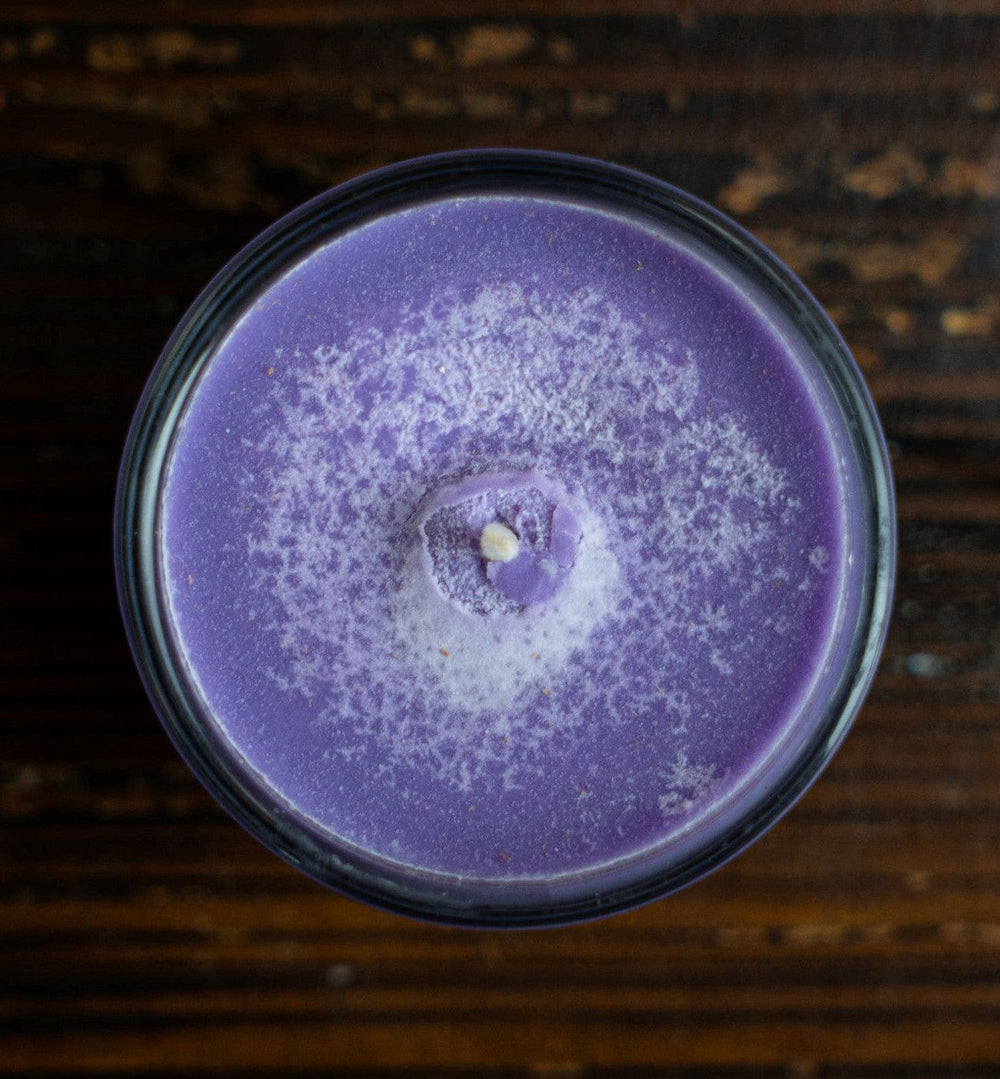
Frosting
Frosting is an informal term for a mild type of polymorphism, and it refers to when the wax exists in different crystalline states at once. Polymorphism ranges from light frosting on the surface of the candle to large bumps and cavities in the candle.
Read More
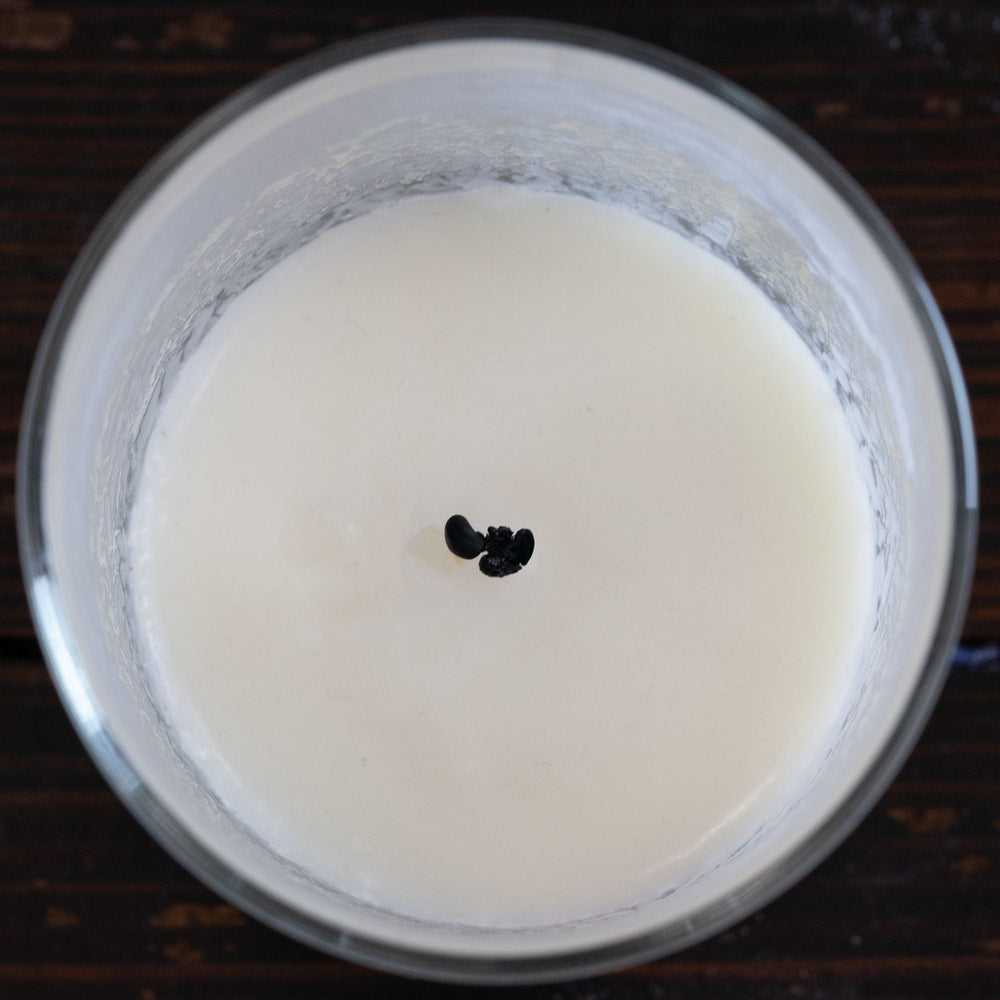
Mushrooming
Clubbing, or “mushrooming” as it is referred to in extreme cases, is caused by incomplete combustion of the wax and fragrance oil. This can occur when too much fuel is being delivered to the wick compared to the amount of oxygen being supplied, leading to the formation of carbon deposits on the wick.
Read More
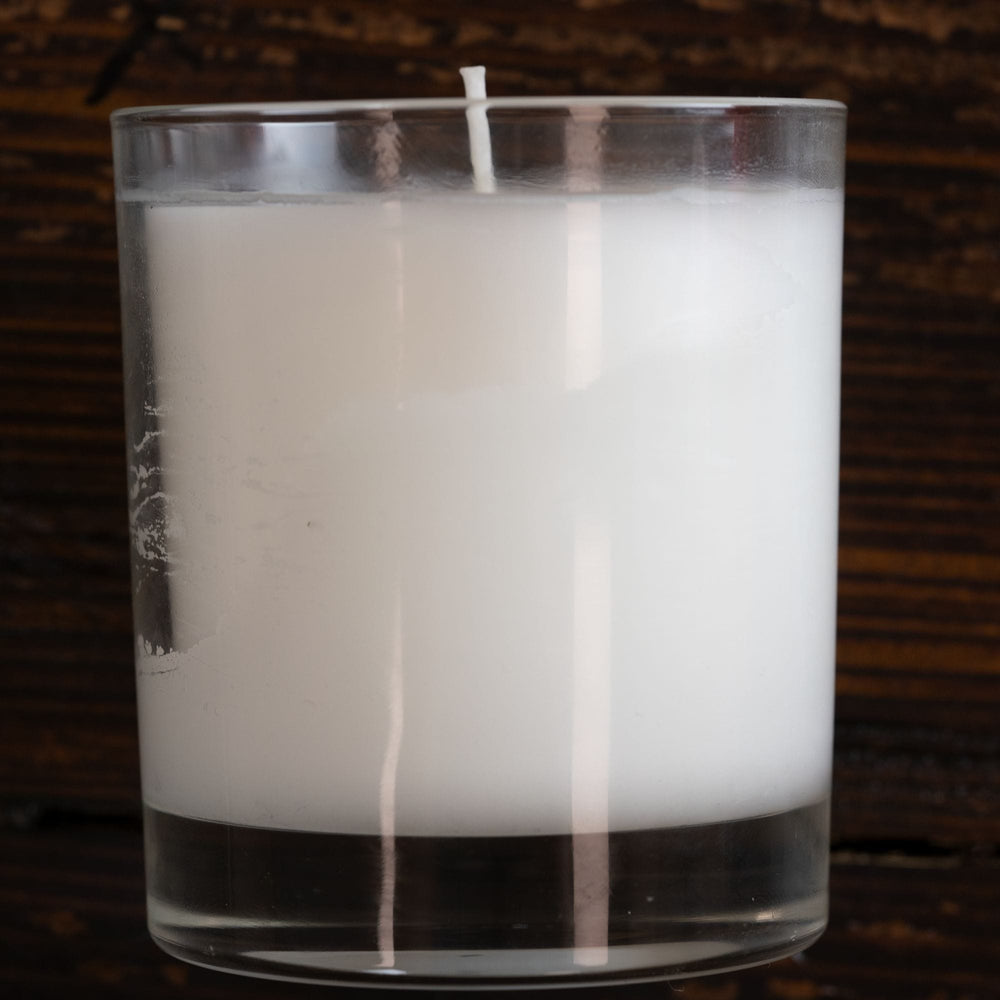
Glass Adhesion
Candle wax shrinks as it cools from liquid to solid. After the initial pouring, the liquid wax will be in contact with the glass. As the wax cools, the solid wax will break away from the glass surface as its volume decreases.
Read More
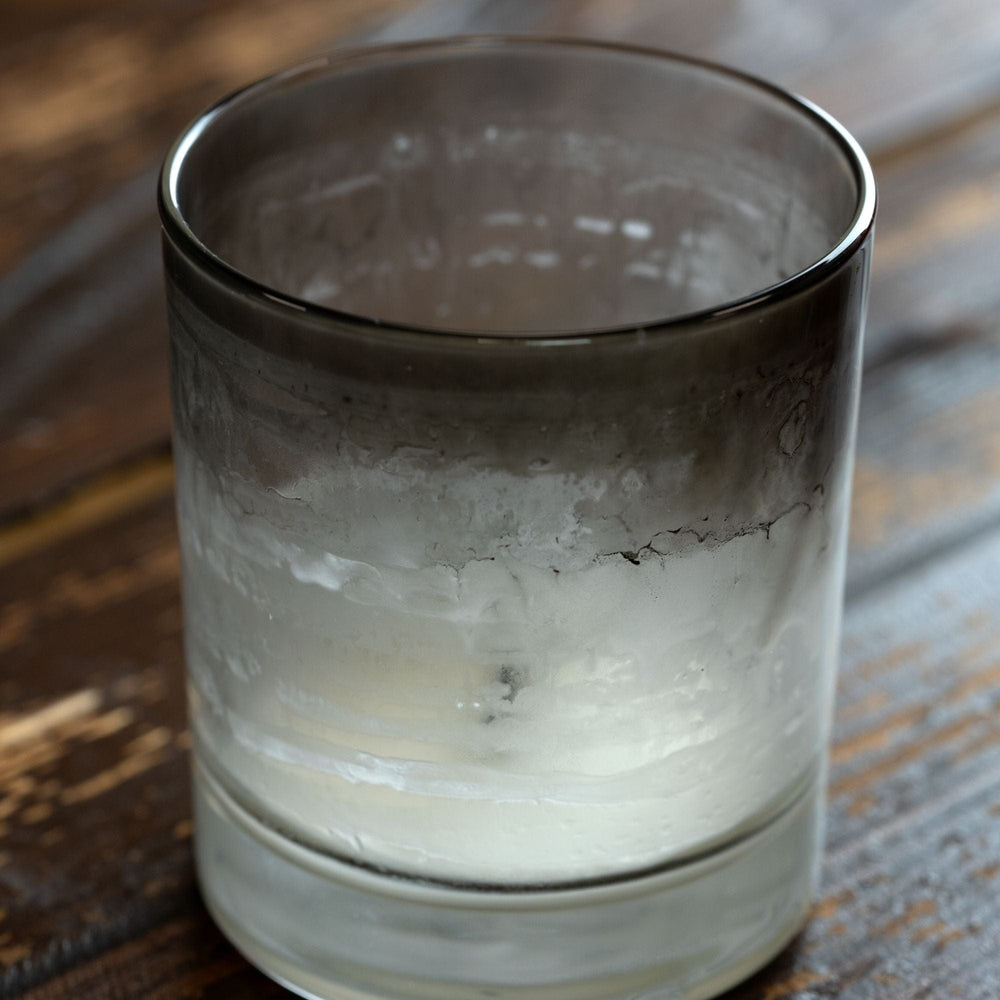
Sooting
Soot is formed by incomplete combustion of candle wax and fragrance oils, leading to formation of carbon deposits. "Sooting" will almost always occur, but in varying degrees.
Read More
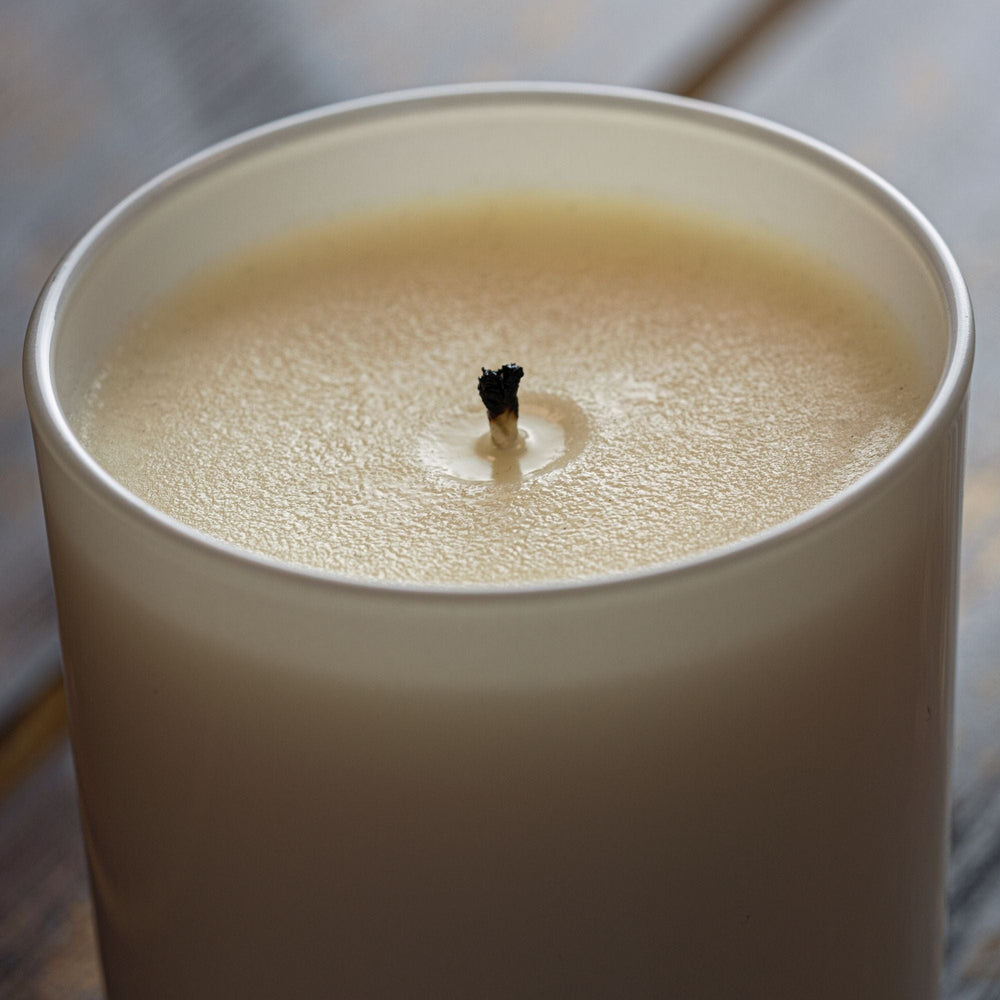
Sweating
In candle making, sweating refers to beads of liquid oil appearing on the surface of a candle. It is caused by the expansion and contraction of wax crystals, which can squeeze oil out of the body of the wax, making it visible on surfaces.
Read More
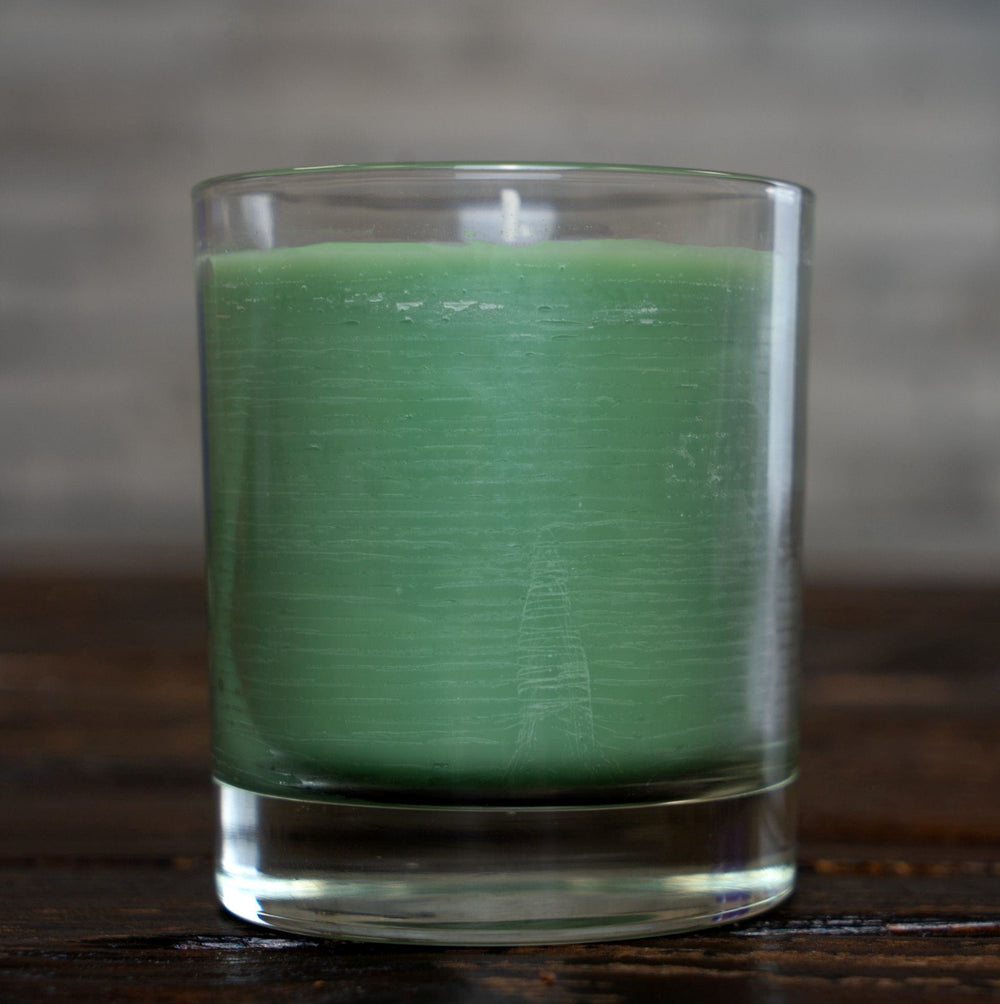
Jump Lines
Jump lines (also known as chatter or stutters) are thin rings or horizontal lines that form along the outer edge of container candles and pillar candles.
Read More
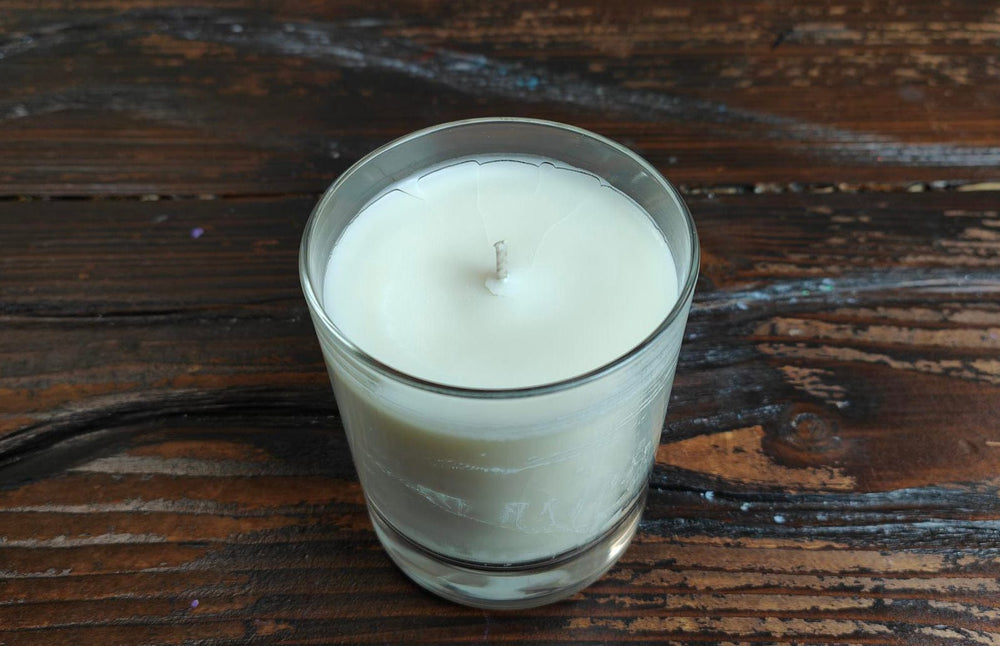
Cracking
Cracking is often experienced when using plant-based waxes. Occasionally, radial cracks can form across the top of the candle, running from one edge to the other and normally passing through the wick area. Radial cracks can be deep, often running from the top to the bottom of the candle.
Read More
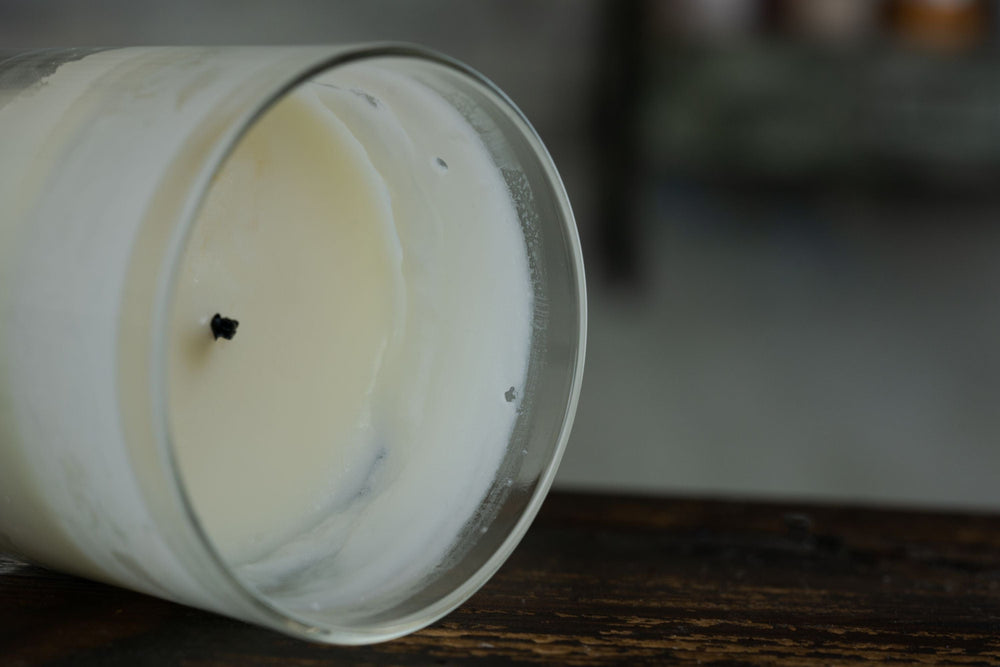
Hang Up
In candle making, hang up refers to a thin coating of wax that hasn’t melted and is left on the inner wall of a container candle as the candle burns down.
Read More
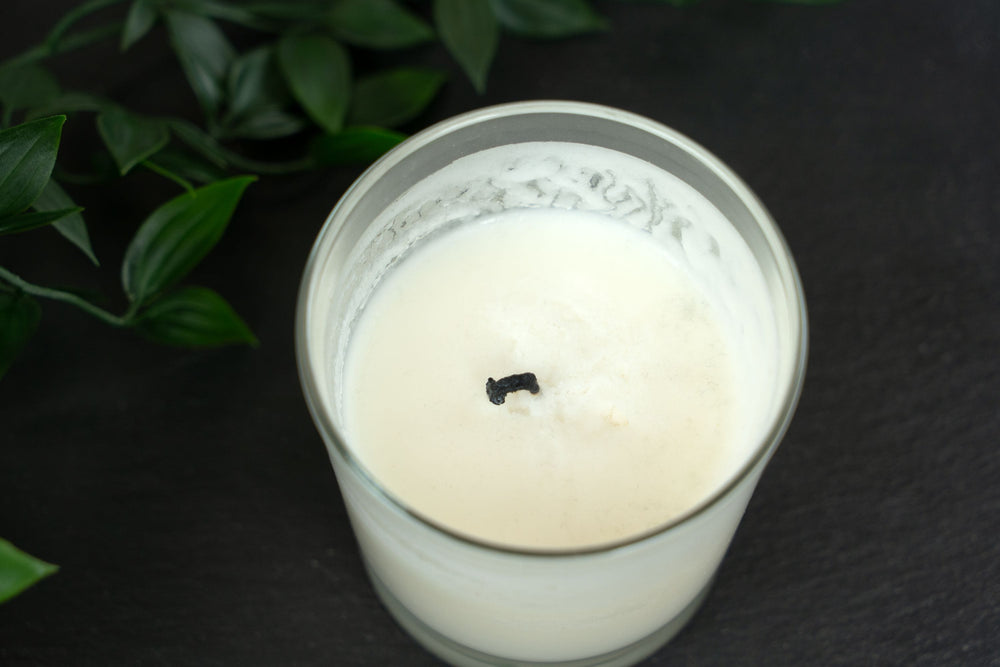
Bridging
When a wick doesn’t self-trim sufficiently as the candle burns, the extended length of the wick may curl up to the point where the end of the wick touches the melt pool. This situation is referred to as bridging since the curved-up wick loosely resembles a bridge.
Read More
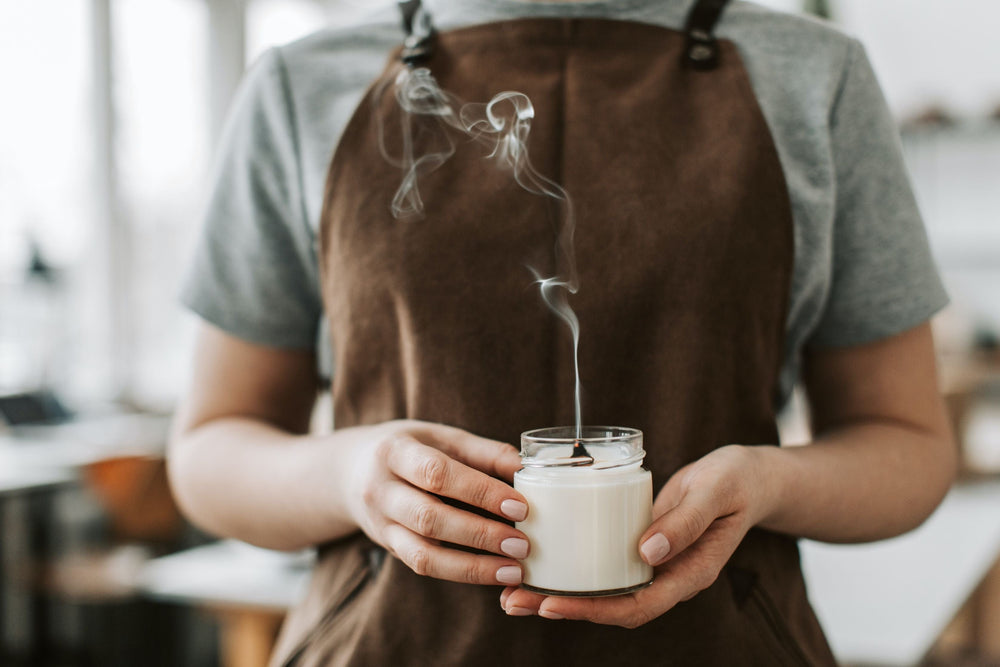
Aftersmoke
When the candle is extinguished, the wick can continue to smoulder, especially if there are carbon deposits present, which are often seen as a "mushrooming" at the tip of the wick. This smouldering is the result of the wick consuming the remaining combustible materials in its vicinity, even without an active flame. This produces the visible smoke known as aftersmoke.
Read More
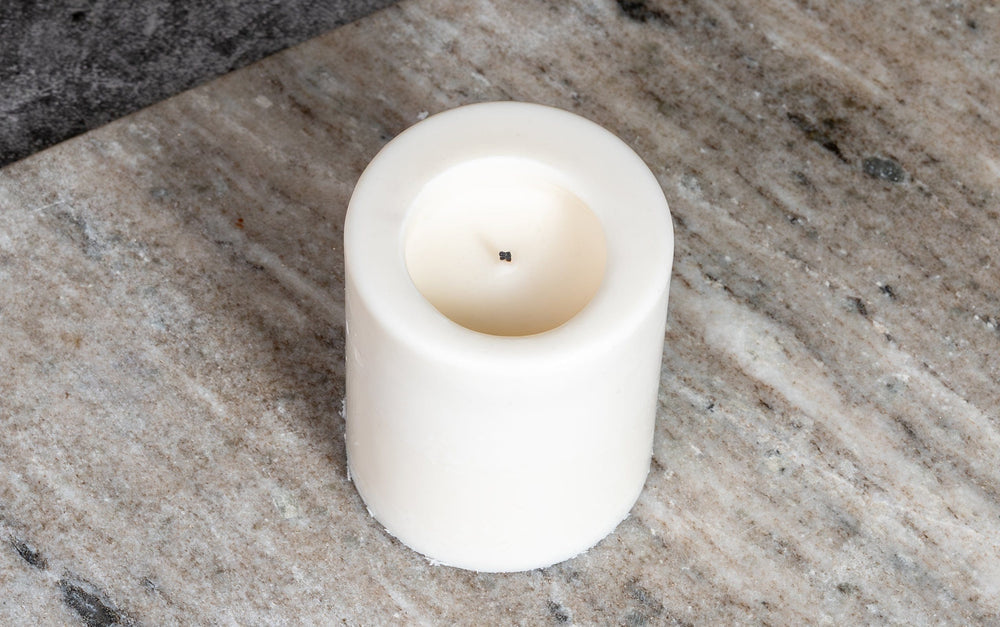
Small Melt Pools
A melt pool is the circular pool of melted wax that forms around the wick on the surface of the candle as it burns. If the melt pool doesn’t reach the edge of the container and doesn’t get any larger regardless of how long the candle burns, the candle would be considered to have a small melt pool.
Read More
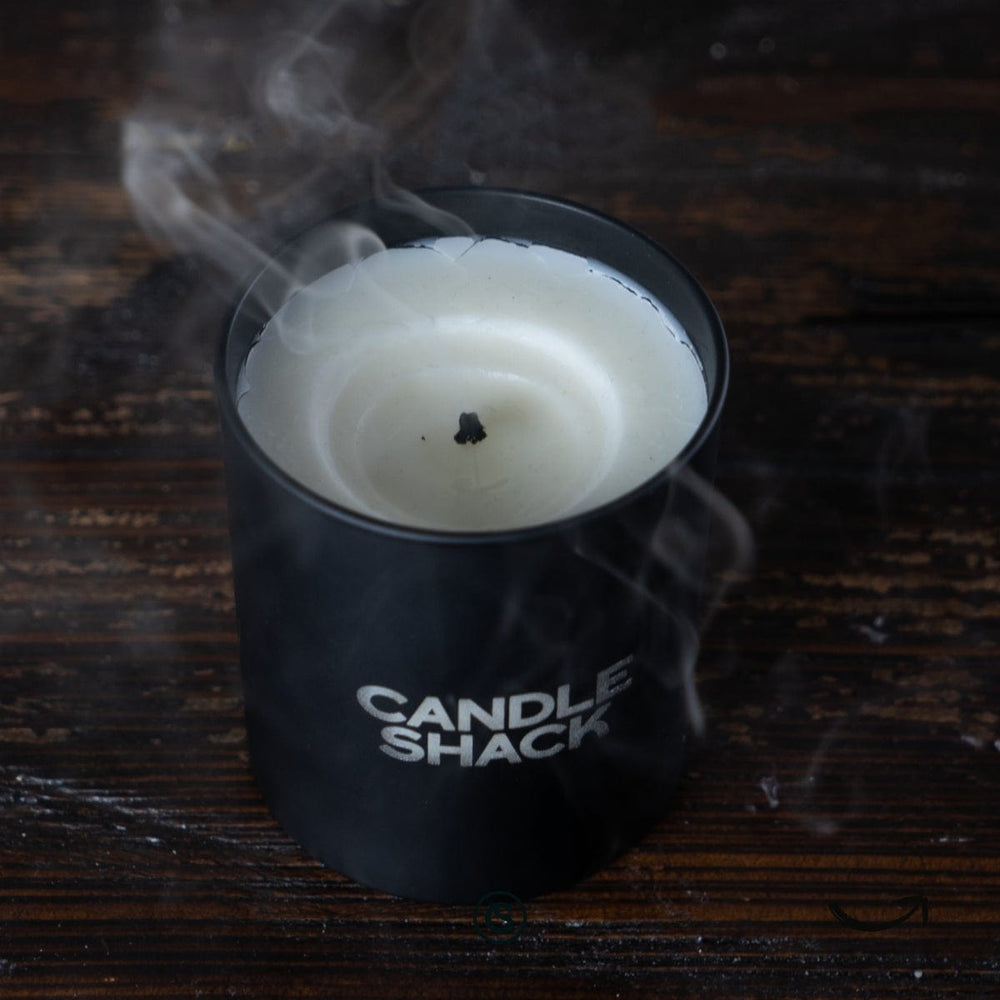
Reasons Why a Candle Flame Might Go Out and How to Prevent It
To understand why a flame goes out, we must first know how to maintain a stable flame. A flame requires three essential ingredients, known as the fire triangle: fuel, oxygen, and heat. If any of these elements are missing or if the balance is disrupted, the flame will go out.
Read More

Tips & Tricks
Stuck on your candle making journey? Our team has pulled together tips & tricks for the most commonly asked questions. With answers straight from our lab, you can rest assured you’ll be back on the right track in your home fragrance journey.
Read More
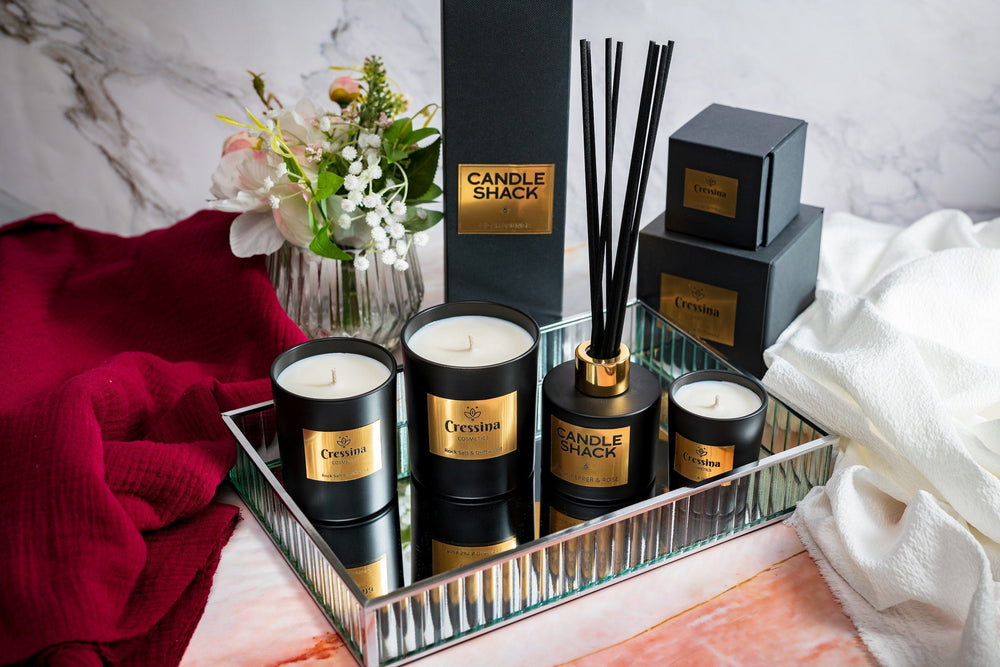
Fragrance FAQS
Curious about fragrances? Look no further! Our experts are here to help answer all your burning questions and guide you towards the ultimate home fragrance success
Read More
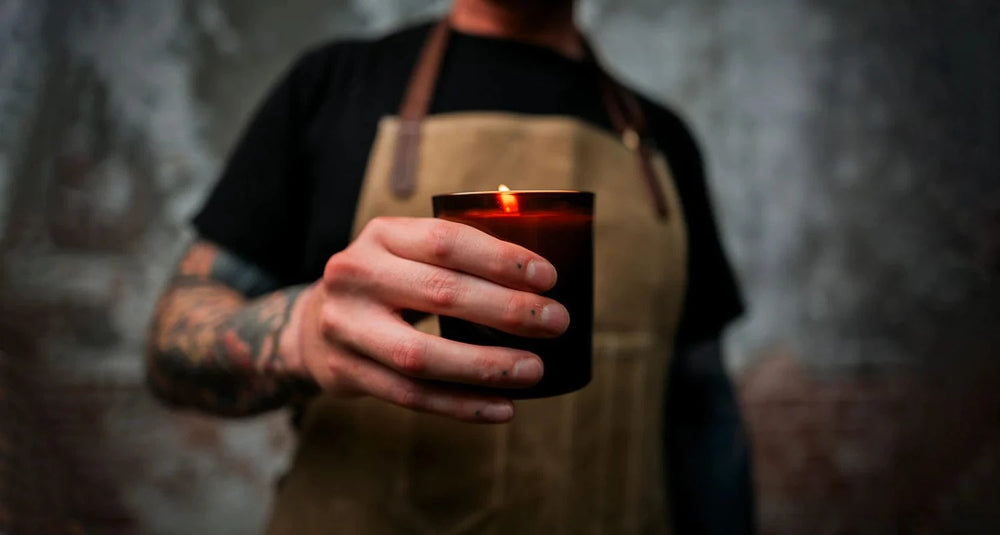
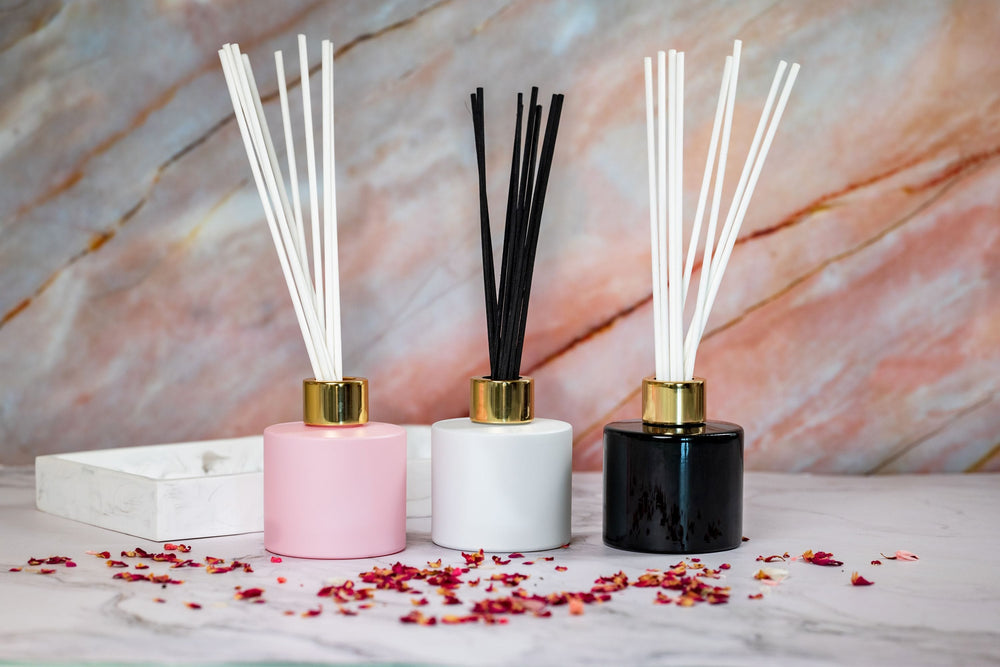
Diffuser Tips
New to diffuser making and looking for advice? Welcome, you’re in the right place. To help you get started and create the diffusers of your dreams, we have gathered guides and how to cater to all levels of creators. Explore now and start making your diffusers with confidence!
Read More
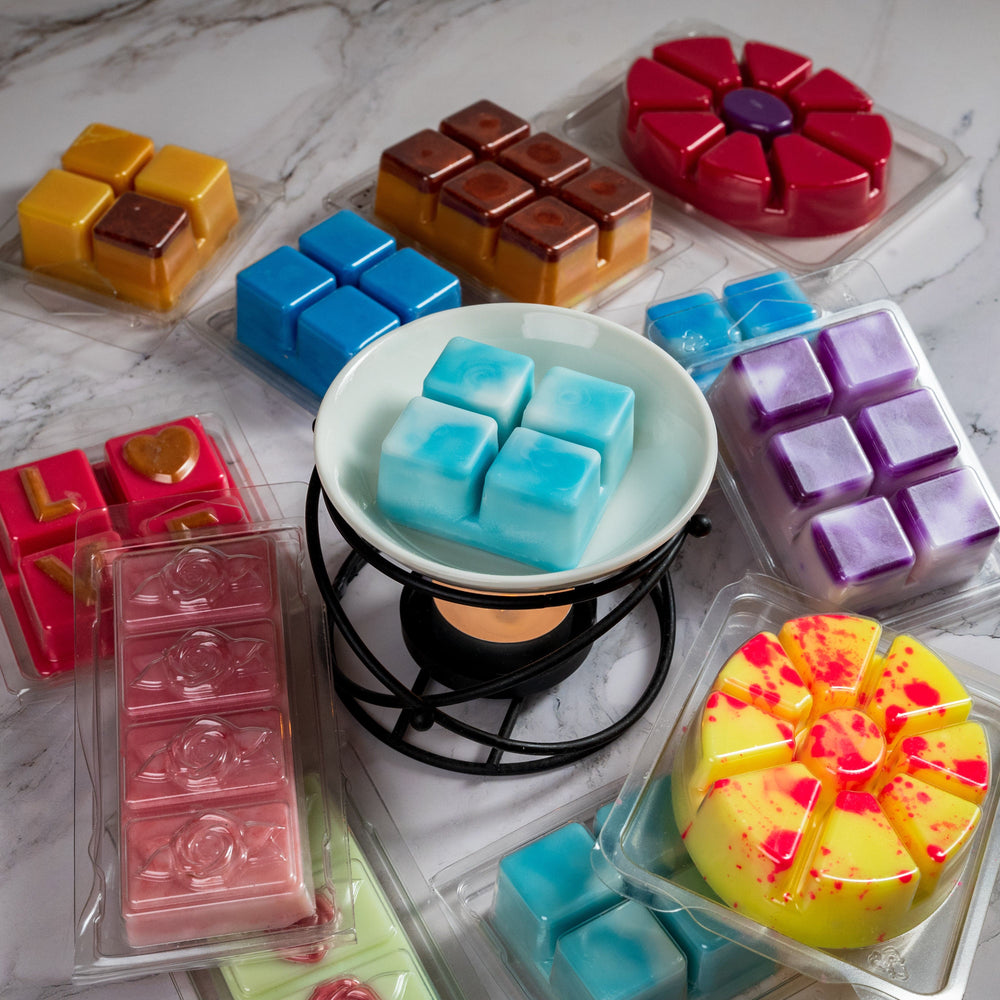
Wax Melt Tips
Interested in making wax melts and not quite sure how to get started?
We can help. Candle Shack’s experts in all things home fragrance and wax melts have gathered their best advice, tips and tricks in one convenient place. So dive in and join the wax melt fun, guided by experts!
Read More
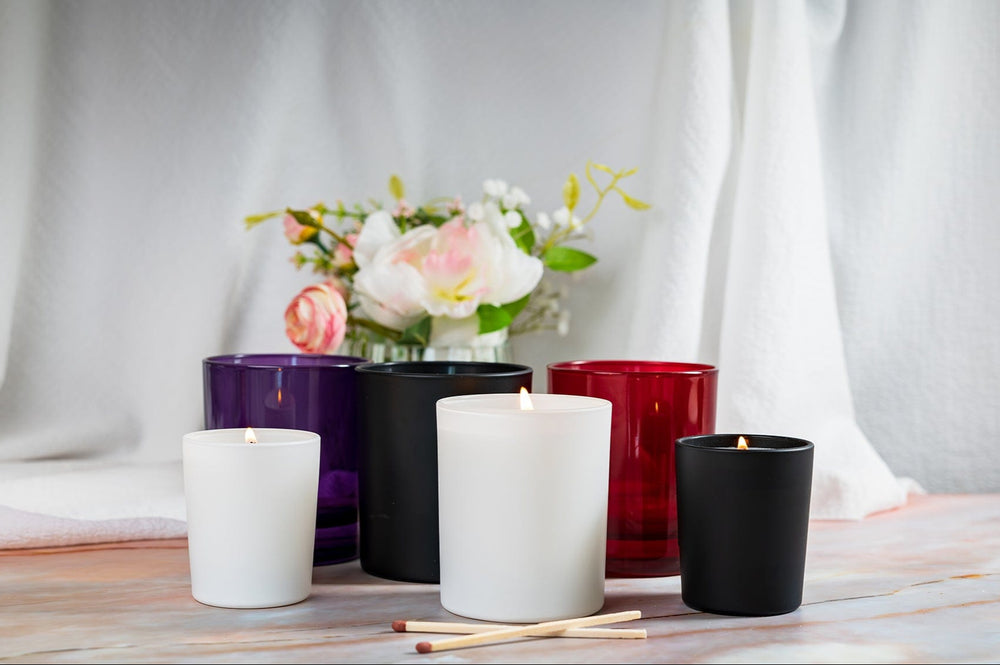
Container Candle Tips & Tricks
Just started making candles and looking for guidance? Are your candles not quite performing as they should?Whether its How to Make a Container Candle, Getting the Best Out of Your Wax or Troubleshooting - you’re in the right place.
Read More
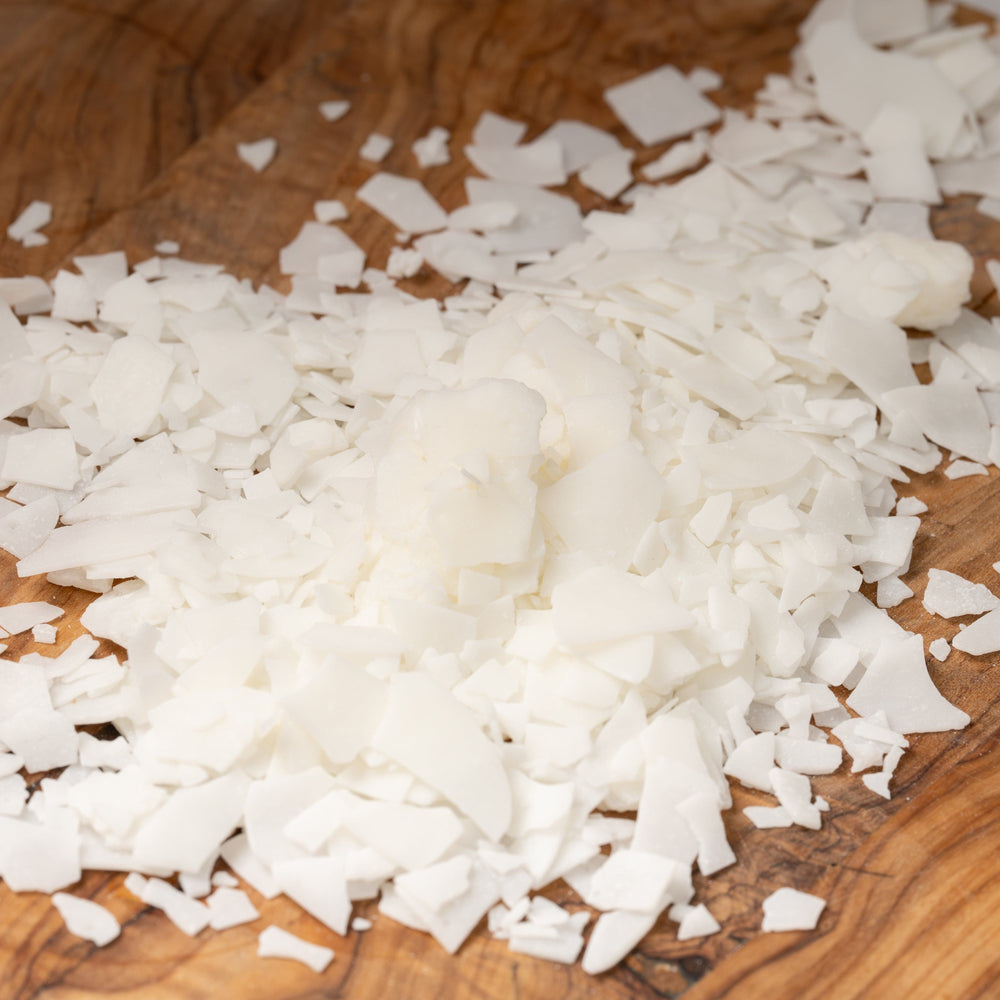
What is the best candle wax?
There is not really a 'best' wax overall, as all waxes have their own strengths and weaknesses, but there are some waxes that will work better than others in a particular application.
Read More